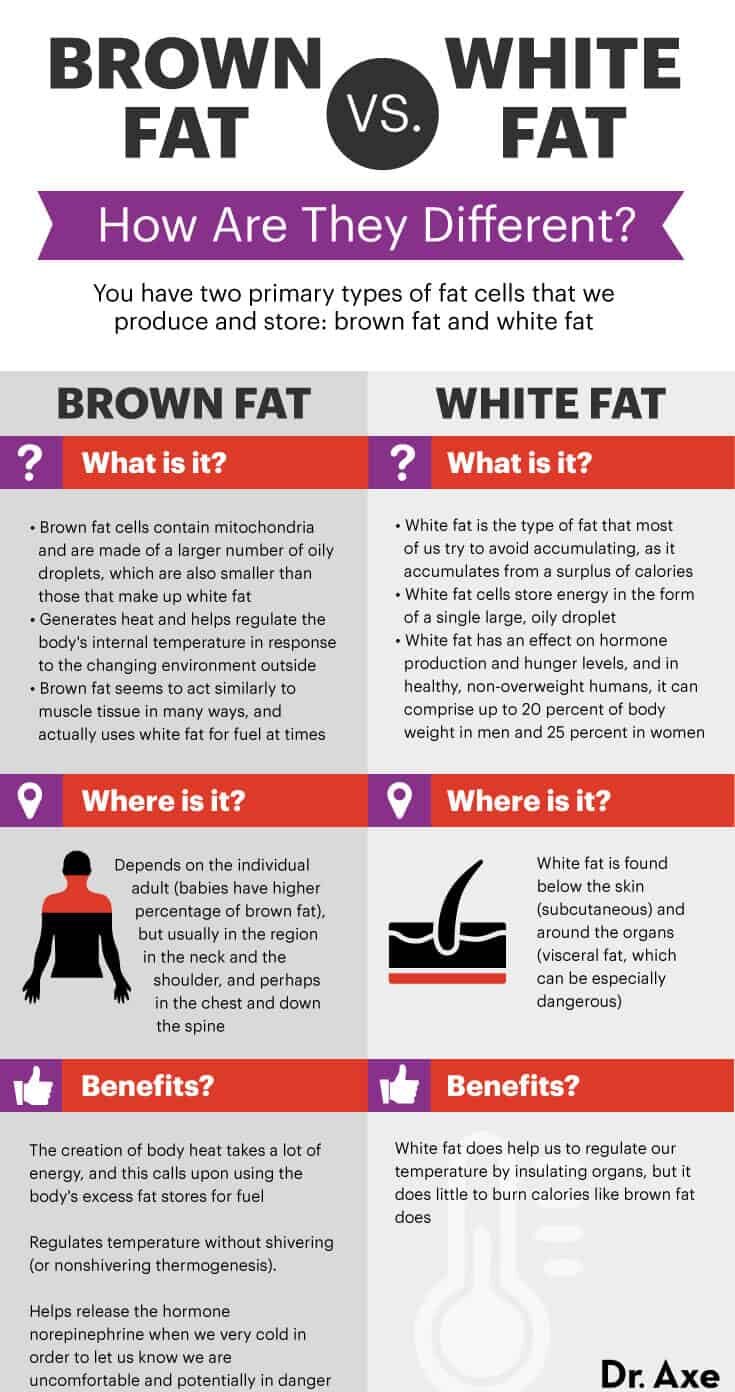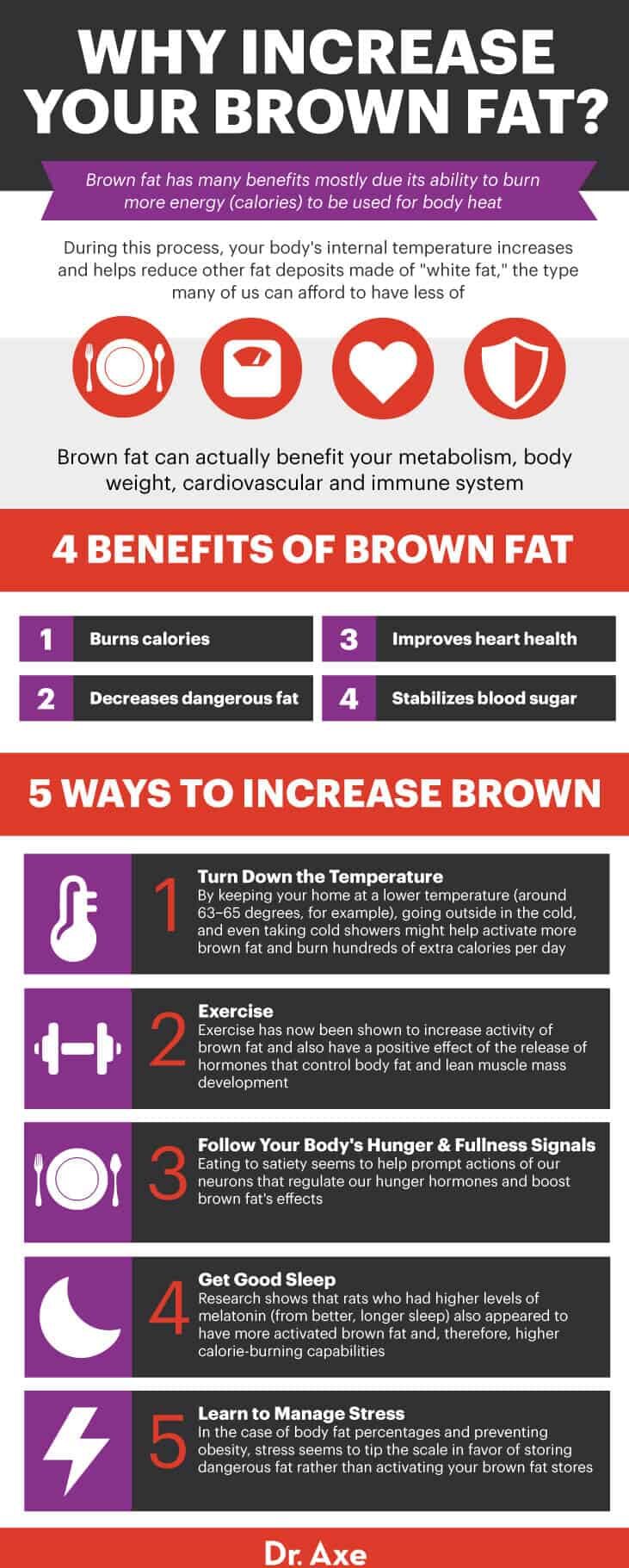This Dr. Axe content is medically reviewed or fact checked to ensure factually accurate information.
With strict editorial sourcing guidelines, we only link to academic research institutions, reputable media sites and, when research is available, medically peer-reviewed studies. Note that the numbers in parentheses (1, 2, etc.) are clickable links to these studies.
The information in our articles is NOT intended to replace a one-on-one relationship with a qualified health care professional and is not intended as medical advice.
This article is based on scientific evidence, written by experts and fact checked by our trained editorial staff. Note that the numbers in parentheses (1, 2, etc.) are clickable links to medically peer-reviewed studies.
Our team includes licensed nutritionists and dietitians, certified health education specialists, as well as certified strength and conditioning specialists, personal trainers and corrective exercise specialists. Our team aims to be not only thorough with its research, but also objective and unbiased.
The information in our articles is NOT intended to replace a one-on-one relationship with a qualified health care professional and is not intended as medical advice.
Increase Your Brown Fat to Burn More Calories
February 6, 2024

Body “fat” overall gets a bad reputation, especially visceral fat that is known to increase the risk for health problems like diabetes and cardiovascular disease, but there are different types of fat, including white fat and brown fat, that do different things. Can some of it actually be good for you?
Few of us would ever want to purposefully increase our fat stores, considering “excess dysfunctional adipose tissue” (extra fat!) is considered a major risk factor for dozens of diseases from hypertension and stroke to arthritis and cancer. But what if all fat isn’t actually harmful?
Researchers are continuing to learn how a type of fat referred to in medical studies as brown adipose tissue (nicknamed “brown fat”or also sometimes called BAT) can actually be protective in certain ways. It might even help you maintain a healthy body weight long-term.
In fact, brown fat is now a new target for anti-obesity and anti-diabetes therapies that work by naturally increasing the body’s natural energy expenditure.
What Is Brown Fat?
You’ve probably noticed before how two people can eat the exact same things, exercise the same amount and yet wind up looking completely differently. Research shows that there’s a huge range in terms of individual differences in daily body expenditure or basal metabolic rate.
One of the things that affects how many calories we burn every day and our risk for obesity, regardless of how we exercise and what we eat, is how activated our brown fat cells are.
What Does Brown Fat Do?
Experts believe that there are two primary types of fat cells human produce and store: brown fat and white fat. Brown fat has many more benefits mostly due its ability to burn more energy (calories) to be used for body heat.
During this process, your body’s internal temperature increases and helps reduce other fat deposits made of “white fat,” the type many of us can afford to have less of. Certain studies have even shown that brown fat can burn up to five times more calories than other types of body fat.
Babies and young children have much more brown fat than adults do, but adults do hold on to some brown fat throughout their whole lives. One of the reasons babies have such a high percentage of brown fat is because they can’t yet shiver in response to being cold to regulate their body temperature, so they must rely on brown fat to turn up their body heat.
The fact that brown fat doesn’t disappear altogether in adulthood and become replaced with white fat is something scientists have only confirmed in the past two decades. In 2009, three different research groups published papers in the New England Journal of Medicine showing that brown fat was still detectable in adults and has important roles in body weight regulation.
Brown Fat vs. White Fat
White fat is the type of fat that most of us try to avoid accumulating. White fat cells store energy in the form of a single large, oily droplet. White fat does help us regulate our temperature by insulating organs, but it does little to burn calories like brown fat does.
White fat is found below the skin (subcutaneous) and around the organs (visceral fat, which can be especially dangerous) and accumulates from a surplus of calories. White fat has an effect on hormone production and hunger levels, and in healthy, non-overweight humans, it can comprise up to 20 percent of body weight in men and 25 percent in women.
Brown fat cells contain mitochondria and are made of a larger number of oily droplets, which are also smaller than those that make up white fat. Brown fat seems to act similarly to muscle tissue in many ways and actually uses white fat for fuel at times. Within brown fat’s mitochondria (which are often nicknamed the “power house” of cells), heat is able to be generated that helps regulate the body’s internal temperature in response to the changing environment outside.
The creation of body heat takes a lot of energy, and this calls upon using the body’s excess fat stores for fuel. Brown fat is responsible for “thermoregulatory thermogenesis,” in other words regulation of temperature without shivering (or nonshivering thermogenesis). It also helps release the hormone norepinephrine when we are very cold in order to let us know we are uncomfortable and potentially in danger, so we need more heat.

What about beige fat? It’s another type of fat worth getting to know. Beige fat is the term now being used for white fat cells that are transformed into tissue that behaves a lot more like brown fat does.
Below you’ll learn tips for increasing your body’s usage of both brown and beige fats.
Health Benefits
1. Burns Calories
Brown fat cells use more calories than other types of fat cells do, helping you potentially shed stored body fat and maintain a healthy weight more easily. Studies show it does this to regulate our internal temperature and help us survive even in cold climates.
BAT contributes to overall energy expenditure and can even help you lose weight because it prevents a “positive energy balance” (eating more calories than you can burn).
As you probably know, energy intake comes from food consumption, whereas the major contributors to energy expenditure are exercise and simply the energy it takes to keep you alive (basic metabolic processes). According to the American Diabetes Association, brown fat activity can also impact daily energy expenditure and prove to be an effective therapy for obesity.
2. Decreases Dangerous Fat
Brown fat can decrease white fat stores, which might lower your risk for chronic diseases like diabetes, heart disease, stroke and other concerns related to aging and obesity.
Certain studies have shown that by increasing brown fat purposefully in obese or overweight adults, excess stores of white fat might be reduced naturally. Today, it’s believed by most experts that holding on to the existing brown fat we had during our younger years, as opposed to building up higher stores once we are older, is likely the best way to get the most benefits from brown fat.
3. Improves Heart Health
Studies show brown fat has benefits for your heart, too, including naturally lowering cholesterol and triglyceride levels. It’s believed that brown fat can fuel itself with circulating triglycerides taken up from the bloodstream (a good thing, since in excess these contribute to numerous diseases).
4. Stabilizes Blood Sugar
Researchers at Stockholm University showed that brown fat cells are capable of altering glucose uptake, drawing sugar out of the blood to fuel muscle cells. This helps to stabilize blood sugar levels and might prevent things like fatigue, cravings, headaches and overeating.
Most importantly, it can lower your risk for type 2 diabetes. In fact, brown fat’s signal pathway differs from the signal pathway triggered by insulin, which means it’s possible that brown fat can be activated and especially benefit patients who already have type 2 diabetes and are not responsive to insulin’s effects.
Here’s more good news: Brown fat is increased by doing things that are healthy for many other reasons, too, including exercising, eating mindfully according to your hunger signals and spending more time outside no matter what the season is.
How to Increase Brown Fat
In years past, it seemed that one of the only effective ways to boost brown fat’s effects was to expose people to uncomfortably low body temperatures, such as swimming in cold water to boost the body’s metabolic effects for the rest of the day.
However, newly emerging research suggests there are other ways to increase brown fat’s benefits, too. Researchers are using magnetic resonance imaging scans (MRIs) to produce detailed images of the body’s different types of tissue and fat stores, as well as thermal imaging scans to show there “brown fat hot spots” tend to be located.
1. Turn Down the Temperature
Nobody likes to be very cold, and you might assume that cold temps even increase your risk for becoming sicker. However, studies are now telling us otherwise.
Research is now suggesting that due to the near-constant use of air conditioners and heating systems indoors, plus less time spent outside in nature, a general “lack of exposure to temperature variation” could be a contributor to low brown fat concentration.
Here’s yet another example of why it’s possible that spending too much time indoors is contributing to poor health. Keeping your home at a lower temperature (around 63–65 degrees, for example), going outside in the cold and even taking cold showers might help activate more brown fat and burn hundreds of extra calories per day!
Researchers believe that the extra calorie expenditure is due to activated brown fat cells rather than shivering (quivering muscles), and over time small increases in the amount of cold we are exposed to can make a big enough difference to influence body composition.
Research done in Japan that was published in the Journal of Clinical Investigation found that having adult men with low brown fat stores sit in a room chilled to 63 degrees F for two hours a day over the course of six weeks caused them to burn on average 108–289 extra calories in the cold compared with sitting in normal indoor temperatures.
What’s really interesting is that at first they were burning on the lower end (around 108 extra calories) during the two hours, but after six weeks they were up to burning 289 extra calories on average in the cold, suggesting that a buildup of cold tolerance can activate certain genes that boost beige or brown fat.
2. Exercise
Exercise has now been shown to increase activity of brown fat — not to mention that regular exercise has numerous other benefits for your metabolism and body composition. Evidence suggests that exercising can boost UCP1 activity in brown fat and also have a positive effect of the release of hormones that control body fat and lean muscle mass development.
Results from one study shows that exercise can alter production of the hormone called irisin, which has the ability to help white fat essentially mimic brown fat’s positive effects. Our muscle cells release irisin after being active, helping us stabilize blood sugar levels, control body weight and recover from activity by bringing nutrients like glucose into our cells.

3. Follow Your Body’s Hunger and Fullness Signals
The neurons in the brain that regulate levels of “hunger hormones,” including ghrelin and leptin, and other important hormones also play a part in maintaining brown fat. Studies done by the Yale School of Medicine suggest that these neurons that control our appetite can also help encourage white fat to act more like brown fat.
However, the extent to which this happens depends on how we respond to their signals — specifically if we eat enough to feel satisfied but don’t overeat and consume more than we really need.
Eating to satiety seems to help prompt actions of these neurons and boost brown fat’s effects. To help brown fat do its best job possible, work on getting to know your internal hunger signals and figuring out ways to avoid emotional eating. Overconsumption of calories confuses neurons that control hunger hormones, leads to extra white fat storage and can raise the risk for many other health problems.
At the same time, you don’t want to under-eat either. When you eat too little, brown fat activation might be slowed down, and under-eating can have other negative effects on your metabolic rate, too.
4. Get Good Sleep
Maybe you’ve heard that a lack of sleep can mean trouble losing weight? We’ve known for quite some time that sleep is highly influenced by the hormone melatonin, but new research is showing that melatonin also affects the use of brown fat.
A study published in the Journal of Pineal Research found that rats who had higher levels of melatonin also appeared to have more activated brown fat and, therefore, higher calorie-burning capabilities. The research showed that melatonin helps lower obesity in rats even without affecting food intake and activity, suggesting it’s the brown fat that’s responsible, thanks to its thermogenic effect.
Instead of relying on melatonin supplements to boost these effects, try to improve your ability to produce more naturally by focusing on regulating your circadian rhythm. The best way to do this is to avoid “blue light” exposure from electronic devices before bed, try to go to sleep and wake up around the same times every day, and to get more sunlight exposure during the day time.
Doing something relaxing before bed like reading, instead of watching TV or using a computer/tablet, is a great way to nod off more easily.
5. Learn to Manage Stress
Stress can make just about any health condition even worse — including insomnia and being overweight, unhappy or obese — plus it definitely makes recovery or weight loss a lot harder to pursue. In the case of body fat percentages and preventing obesity, stress seems to tip the scale in favor of storing dangerous fat (like visceral fat that surrounds our internal organs) and also makes it hard to eat according to your body’s hunger signals.
Learning to manage stress can help you sleep better, commit to regular exercise, make it priority to eat a healing diet and make you more in tune with your emotions so you can get a hold on overeating. These are all factors that have the biggest impact on your ability to activate brown fat.
Chances are your level of stress is one of the biggest factors driving your food choices and making it harder for you stop eating when you are full.
Final Thoughts
While there’s still plenty more to learn about how brown fat works, its benefits and how we can increase our stores of it, researchers are making progress in terms of figuring out how to locate brown fat in adults and improve its functions.
Until we know more, you can focus on increasing brown fat by eating well, taking good care of yourself, moving your body and staying calm — basically all things you should be doing anyway!










